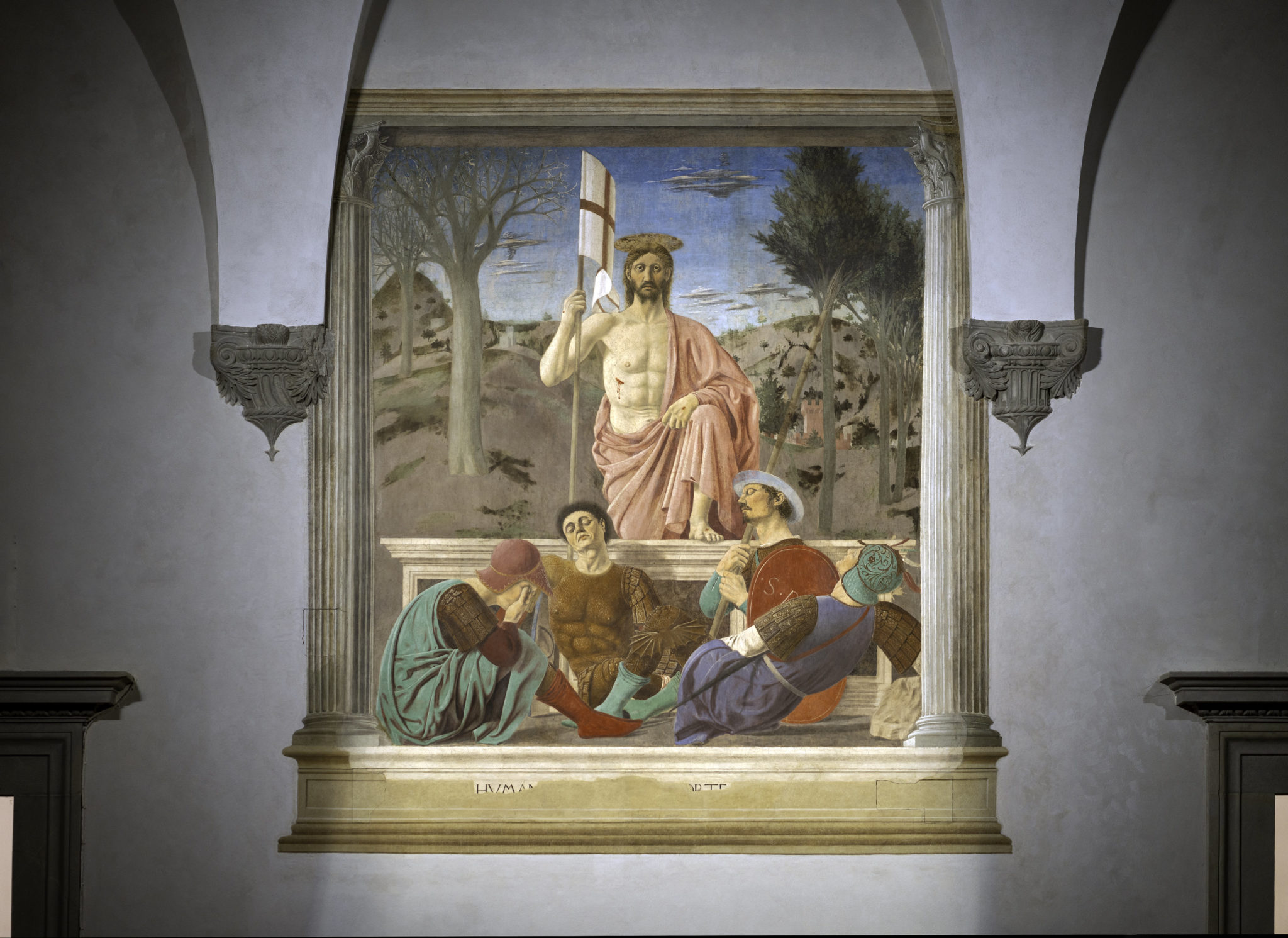
» Piero della Francesca, Resurrection
Exhibition Overview. Through a special collaboration with the Gallerie dell'Accademia, Venice, and the Galleria Nazionale delle Marche, Urbino, The Metropolitan Museum of Art is hosting a focused presentation of the devotional paintings of Piero della Francesca, addressing Piero's work for private devotion for the first time.
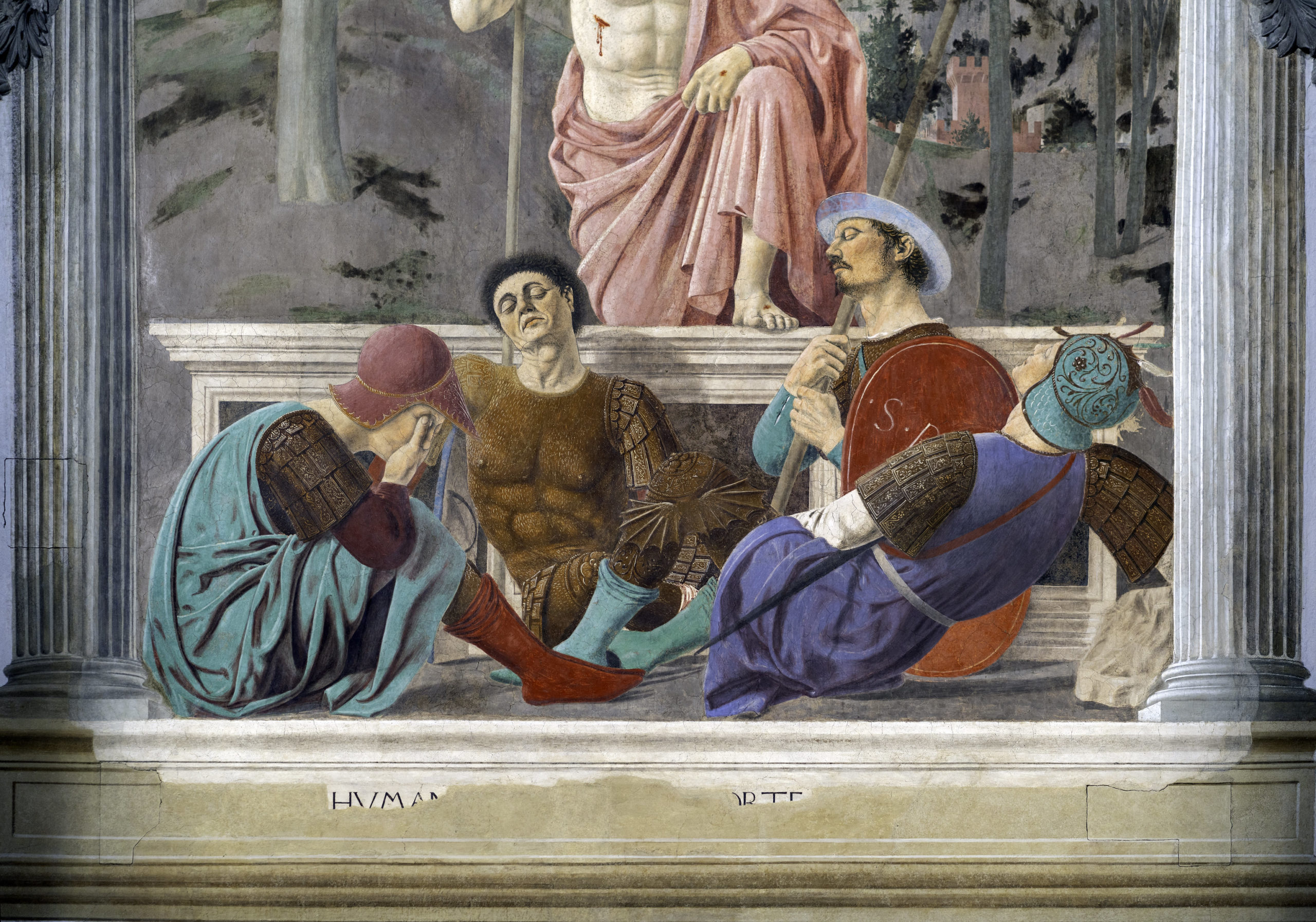
» Piero della Francesca, Resurrection
A Dallas lo spettacolo di droni da Guinness. Il video. A Dallas, in Texas, ben 1500 droni luminosi hanno dato vita a una spettacolare coreografia in occasione del Natale. Ecco il video della.
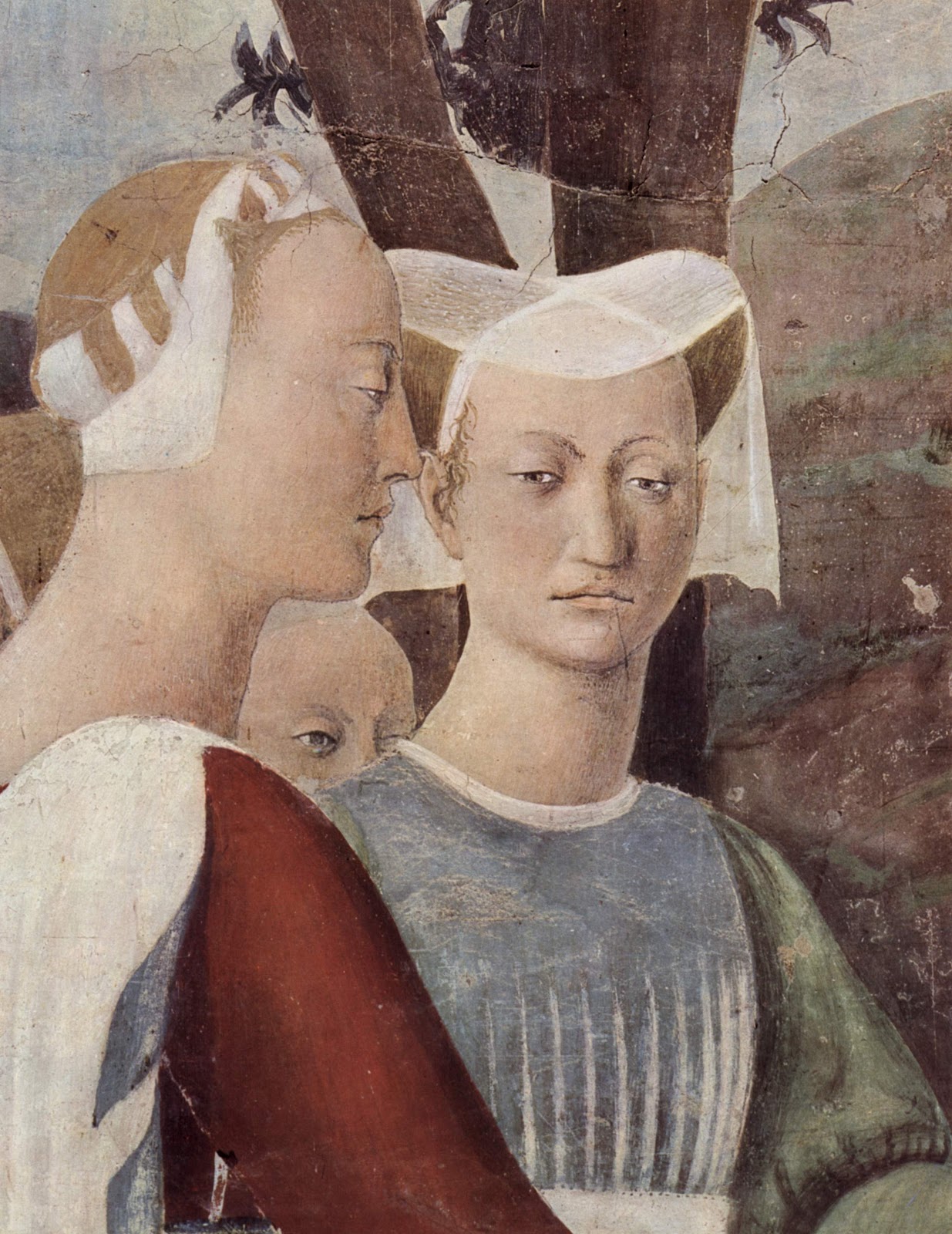
S>C. the wonderful faces of Piero della Francesca
Piero della Francesca (Italian pronunciation: [ˈpjɛːro della franˈtʃeska] listen (help·info); c. 1415 - 12 October 1492) was an Italian painter of the Early Renaissance. As testified by Giorgio Vasari in his Lives of the Most Excellent Painters, Sculptors, and Architects, to contemporaries he was also known as a mathematician and geometer.

Piero Della Francesca Classic Reprint Read Online E Ink Ebook Reader
The Flagellation of Christ (probably 1468-1470) is a painting by Piero della Francesca in the Galleria Nazionale delle Marche in Urbino, Italy.Called by one writer an "enigmatic little painting," the composition is complex and unusual, and its iconography has been the subject of widely differing theories. Kenneth Clark called The Flagellation "the greatest small painting in the world".

Piero della Francesca Scientist of the Day Linda Hall Library
Piero della Francesca (/ ˌ p j ɛər oʊ ˌ d ɛ l ə f r æ n ˈ tʃ ɛ s k ə /, US also /-f r ɑː n ˈ-/, Italian: [ˈpjɛːro della franˈtʃeska] ⓘ; né Piero di Benedetto; c. 1415 - 12 October 1492) was an Italian painter of the Early Renaissance.To contemporaries he was also known as a mathematician and geometer. Nowadays Piero della Francesca is chiefly appreciated for his art.
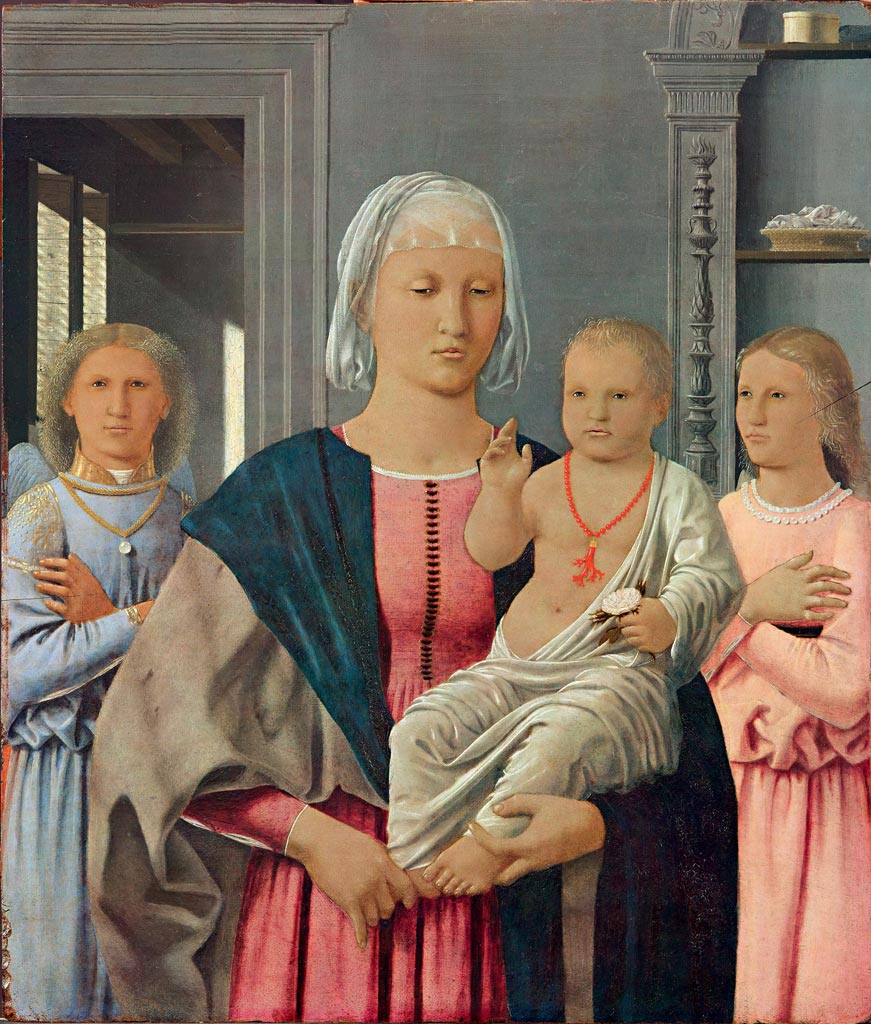
Piero della Francesca Le Ceregne Tuscany Farmhouse
Piero della Francesca, one of the most original and enlightened artists of the early Italian Renaissance, introduced space, brilliance, and extraordinary finesse to painting. Furthermore, he invented the function of the contemporary artist by becoming a courtier, a traveler, a geometrician, a patron, and many other things.

FilePiero della Francesca 044.jpg Wikimedia Commons
Piero della Francesca (c. 1420-1492 CE) was an Italian Renaissance artist whose paintings and frescoes are characterised by their solid figures, bright colours, and harmonious composition. His masterpieces include the painted panel the Flagellation of Christ, which was created c. 1455 CE for the Ducal Palace of Urbino, and his striking portrait of his chief patron the Duke of Urbino, Federico.
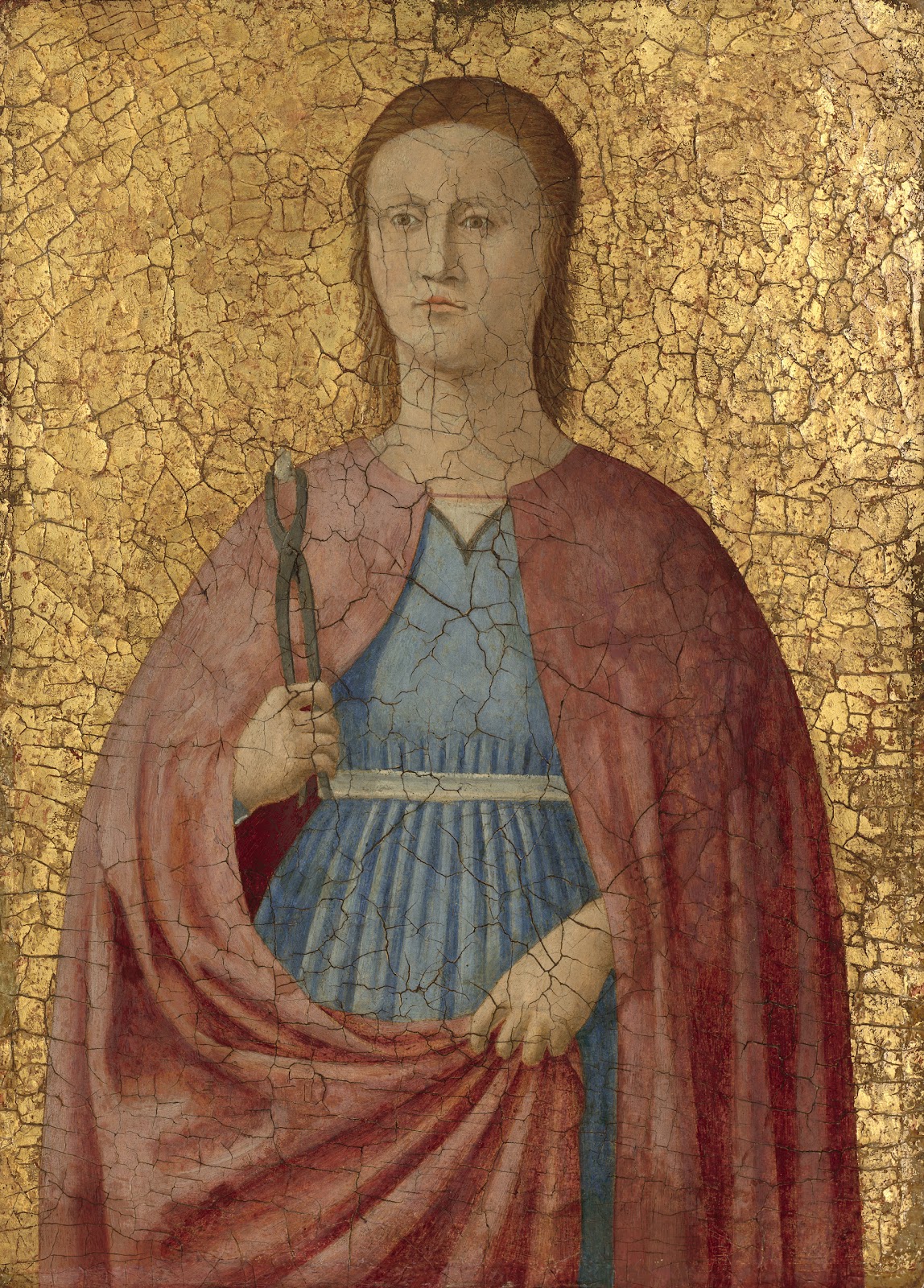
Piero della Francesca Early Renaissance painter Tutt'Art Pittura * Scultura * Poesia * Musica
Piero della Francesca, soldiers (detail), The Resurrection, c. 1463-65, fresco, 225 x 200 cm (Museo Civico, Sansepolcro, Italy) A self-portrait? Perhaps the most striking feature of Piero's fresco is the physical reality of the people he paints. Piero has been lauded as one of the first painters of the Renaissance to capture realistic faces.

Piero della Francesca The History of the True Cross, 1466 Tutt'Art Pittura * Scultura
Piero della Francesca's abiding interest in mathematics led him, along with Masaccio and Brunelleschi, to create illusionistic spaces in which ideally proportioned and sized human beings enacted religious and secular events. This rationalized space reflected a humanistic world view in which human beings were the measure of all things.
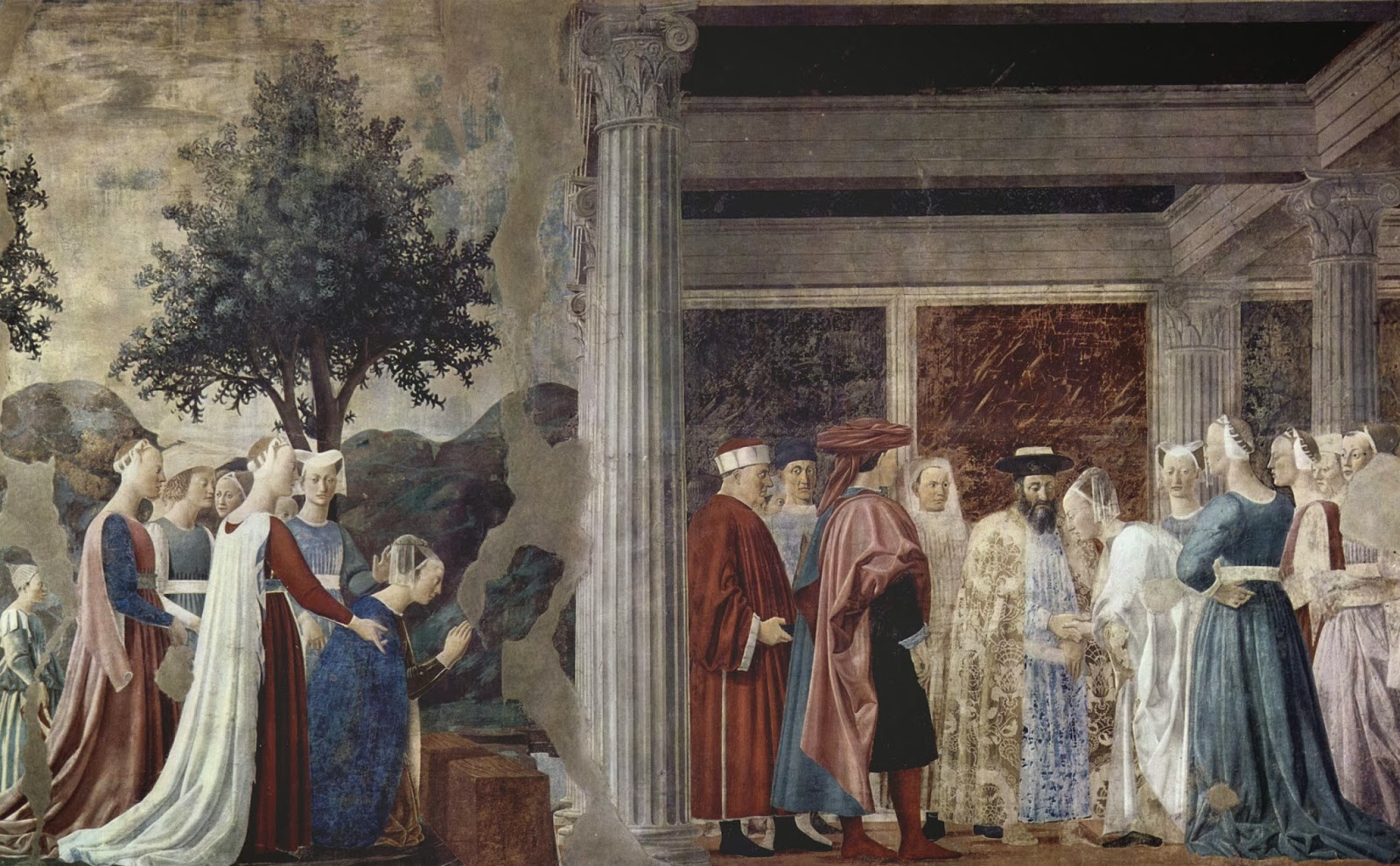
Claudio Tomassini Piero della Francesca
Face of soldier in brown armor (detail), Piero della Francesca, The Resurrection, c. 1463-5, fresco, 225 x 200 cm (Museo Civico, Sansepolcro) Perhaps the most striking feature of Piero's fresco is the physical reality of the people he paints. Piero has been lauded as one of the first painters of the Renaissance to capture realistic faces that.
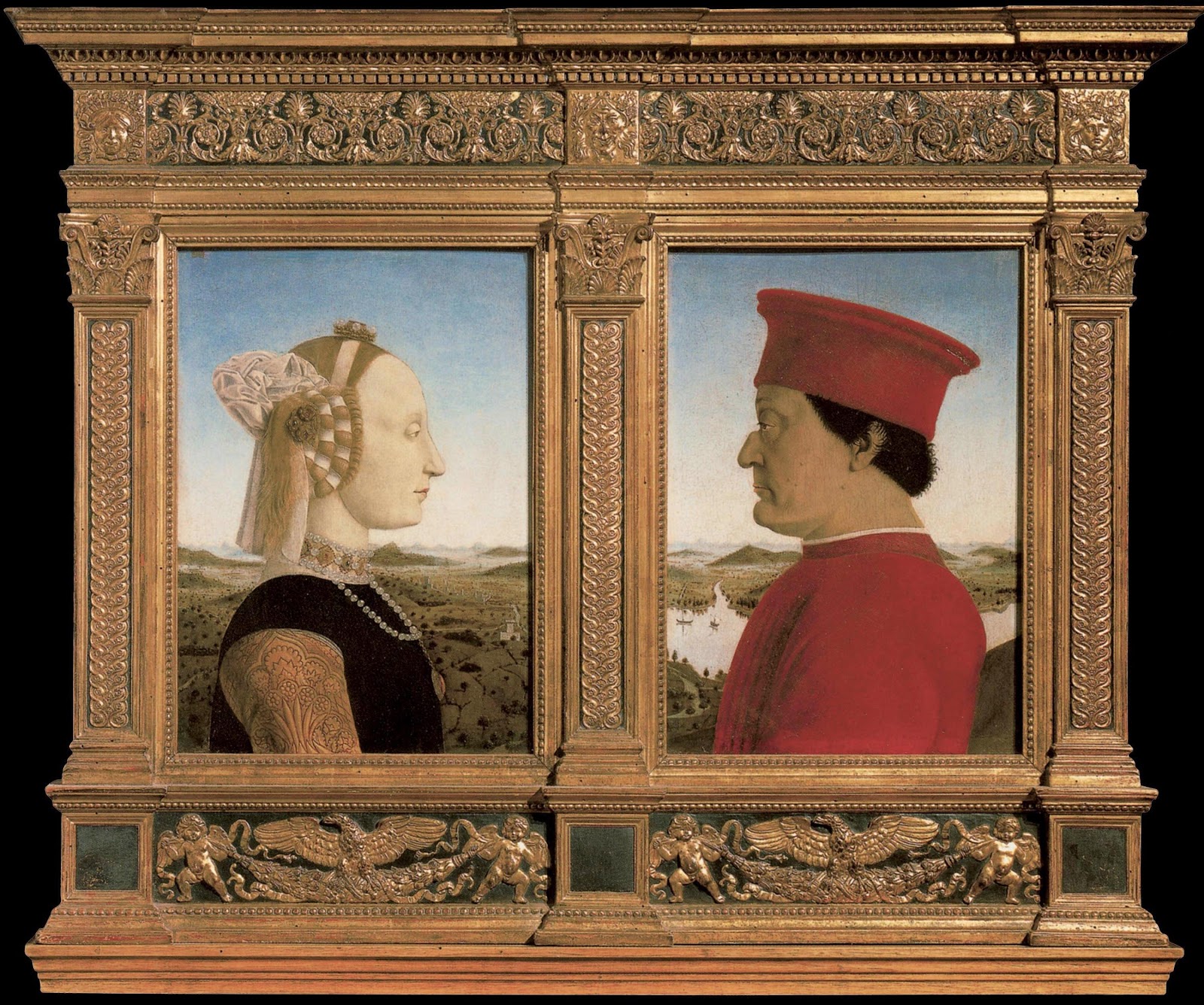
Piero della Francesca Early Renaissance painter Tutt'Art Pittura * Scultura * Poesia * Musica
A Short Biography of Piero Della Francesca. In or around 1415, Piero burst forth into the world in the Tuscan backwater of Sansepolcro. He was born into a prosperous family of leather makers and indigo merchants. As a merchant's son, he was trained as a mathematician. Later in life, Piero gained fame in that field, schooling Italians on.

FilePiero della Francesca 046.jpg Wikipedia
In particular, Piero della Francesca's masterpieces are spread out between Arezzo, Monterchi, and Sansepolcro in the province of Arezzo. As an early Italian Renaissance painter, Piero della Francesca's paintings were "characterized by a serene humanism, geometric forms and use of perspective" using color and spatial relations to give life.

FilePiero della Francesca 011.jpg
Piero della Francesca was revered in his own time as a "monarch" of painting. Born around 1412 in Borgo San Sepolcro, he trained locally but soon sought greater challenges. In 1439 Piero joined a team of painters in Florence led by Domenico Veneziano. Having distinguished himself as a mural painter, Piero won his own commission to fresco the choir of the Franciscan church in

Il Dittico degli Uffizi di Piero della Francesca Arte Svelata
A Christmas present for the nation 'The Nativity' by Piero della Francesca, one of the most admired artists of the Italian Renaissance, is an extraordinary painting.Striking for its beauty and apparent simplicity, it is one of Piero's last works, and was made for his family palace in Borgo San Sepolcro, Tuscany, where it remained until 1825.

S>C. the wonderful faces of Piero della Francesca
Piero della Francesca's work highlights the contrast between earthly and divine realms. Piero della Francesca, The Resurrection, c. 1470 (fresco, 225 x 200 cm (Museo Civico, Sansepolcro, Italy). A conversation with Dr. Steven Zucker and Dr. Beth Harris This video (and Smarthistory's ARCHES series) has been made possible in part by a major grant.
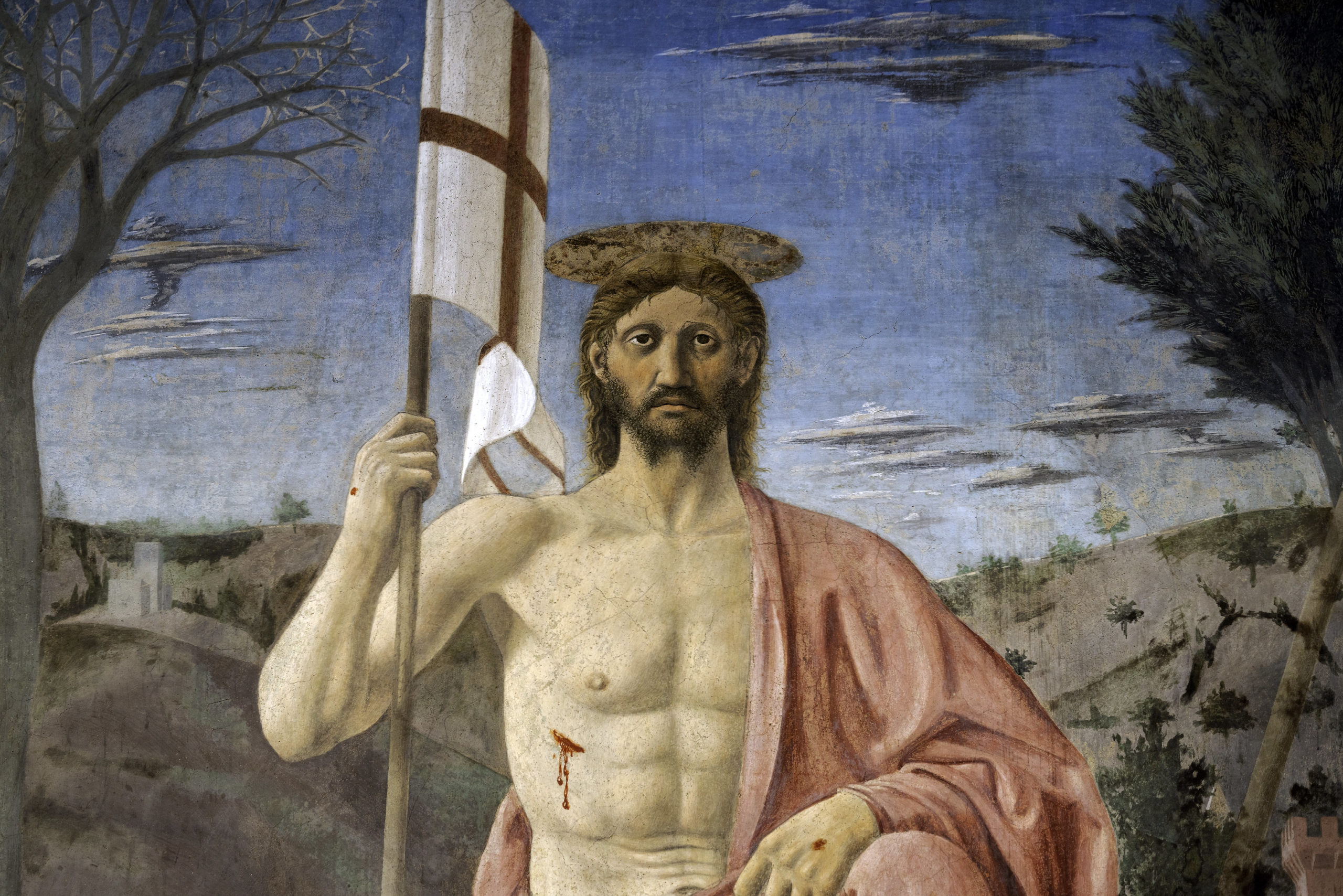
» Piero della Francesca, Resurrection
Piero della Francesca, (born c. 1416/17, Sansepolcro, Republic of Florence [Italy]—died October 12, 1492, Sansepolcro), painter whose serene, disciplined exploration of perspective had little influence on his contemporaries but came to be recognized in the 20th century as a major contribution to the Italian Renaissance.The fresco cycle The Legend of the True Cross (1452-66) and the diptych.